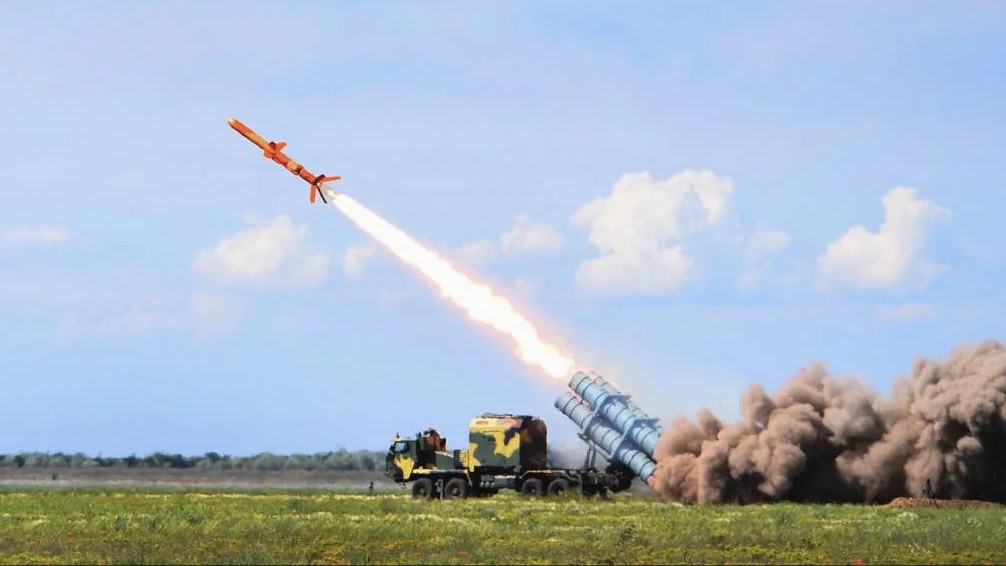BARC Developing 190-MW Reactors to Power and Future Nuclear Submarines & Nuclear Aircraft Carrier

India is moving ahead with an ambitious plan to elevate its naval capabilities, powered by new-generation 190-megawatt (MW) nuclear reactors designed by the Bhabha Atomic Research Centre (BARC). These reactors will be the core energy source for India's advanced underwater fleet, which includes nuclear attack submarines (SSNs) and ballistic missile submarines (SSBNs), and could also pave the way for the country's first indigenously-built nuclear-powered aircraft carrier.
The development of these reactors represents a significant leap for India's naval aspirations. BARC's engineering approach ensures these reactors are compact yet potent, perfectly suited for the constrained spaces of submarines while providing high reliability for extended underwater missions. Initially, these reactors will be integrated into the upcoming P-77-class SSNs and S5-class SSBNs, enabling India to protect its maritime interests and strategic assets more effectively. The S5-class submarines are poised to be formidable, displacing around 13,000 tons and capable of carrying a substantial payload of nuclear-armed missiles.
A unique aspect of this project is its dual-use strategy. The reactors developed for the submarine platforms have the potential to be adapted for a larger nuclear aircraft carrier. A twin-reactor configuration could provide sufficient power for a 70,000-ton carrier equipped with modern technological advancements. Using these reactors on an aircraft carrier would not only maximize investment but also streamline operational efficiency, as both submarine and carrier projects would share critical infrastructure and expertise.
India’s vision for a nuclear aircraft carrier also involves cutting-edge innovations like the Electromagnetic Aircraft Launch System (EMALS) and Advanced Arresting Gear (AAG), technologies that enable efficient take-offs and landings for advanced fighter jets such as the Twin Engine Deck Based Fighter (TEDBF). The integration of such sophisticated systems would make the carrier a formidable asset in the Indian Ocean, capable of extending India's strategic reach and responding swiftly to regional threats.
Beyond hardware, the Navy's initiative includes developing a workforce skilled in operating nuclear propulsion systems. This long-term investment in human capital is crucial, as managing a nuclear fleet demands specialized expertise. Additionally, the Navy aims to establish a sustainable supply chain for reactor components and fuel, ensuring strategic self-reliance and cost efficiency.
In essence, BARC’s 190-MW reactor project is more than just a technological upgrade; it is a strategic enabler that strengthens India’s defense posture in both underwater and surface naval operations. By leveraging nuclear technology efficiently, India is setting the stage for a more resilient and capable maritime force, equipped to safeguard its interests well into the future.


